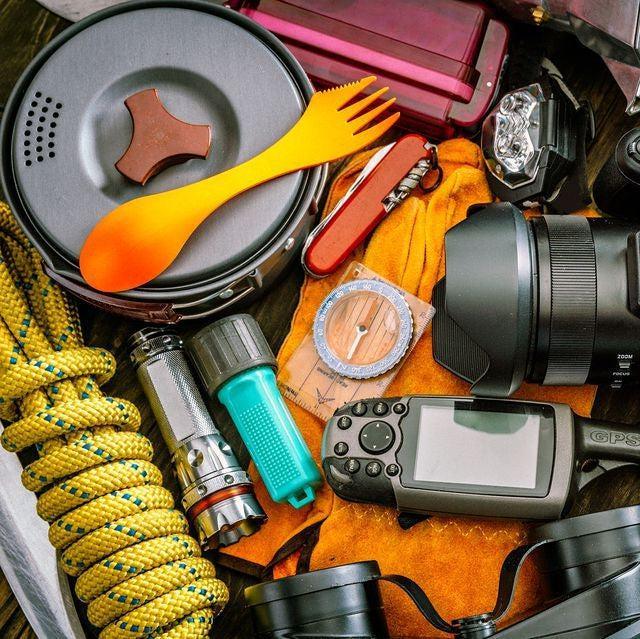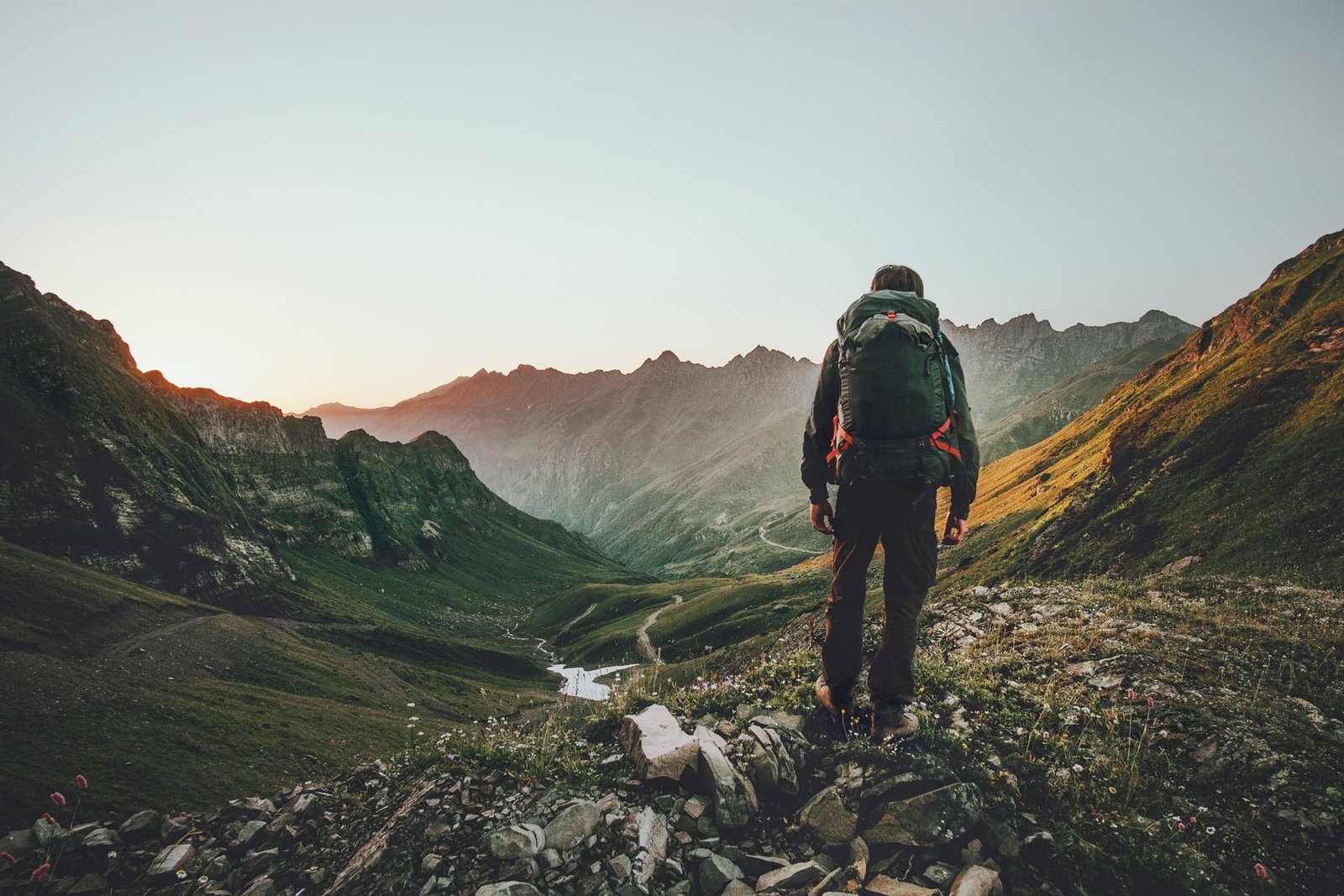
How To Dig A Native American Dakota Fire Hole
Share
A good hot fire is essential in survival situations for warmth, sanitizing water, and cooking food. The problem with fire is that both the light and smoke can give away the location of your camp. This is not usually an issue, but you will probably want to hide your location in a grid-down, bug-out, or SHTF scenario.
This is where a Dakota Fire Hole comes into play. Concealing the flames below ground hides the light of the flames from view while also shielding them from the wind.
Origins of the Dakota Fire Hole
While the Dakota Fire Hole effectively conceals a campfire, that was not the original intent when the Dakota people started using this style of fire lay. Instead, these first peoples would use the Dakota Fire Hole while hunting Bison on the plains because it is resistant to the strong winds and requires less wood to make a very hot fire.
Because of their innovation in fire making, this style of fire lay bears the name of the Dakota people to this day.
How the Dakota Fire Hole Works
A Dakota Fire Hole is a fire that is built below ground and fed oxygen through a second hole and tunnel dug adjacent to it. As the fire burns, the hot air will rise up through the hole, which will create a suction effect through the tunnel and second hole.
The result is that the fire is given a continuous supply of fresh oxygen, which allows it to burn hotter.
The hotter fire of a Dakota Fire Hole is also far more efficient, requiring less wood to achieve the same heat output of a traditional fire built above ground.
Advantages of the Dakota Fire Hole
- Since it is below ground, the flames are concealed from view.
- The design allows it to burn hotter than an above-ground fire.
- It is easier to cook over since you can place a pot or pan directly over the hole without the need to construct a tripod or other complicated methods of hanging pots and pans over the flames.
- The fire is so efficient that it creates little smoke and uses less wood to achieve a hot fire.
- It is easy to construct, requiring few tools.
With all of its advantages, this hole has one significant disadvantage. While constructing the Dakota Fire Hole is not tricky, building it requires time and calories before a fire can be made.
Also, this style of fire lay would not be suitable for areas where water may seep in and fill the hole or where the soil is too loose to support the construction of the two holes and tunnel.
Constructing the Dakota Fire Hole
When constructing the Dakota Fire Hole, all the usual rules for building a fire remain the same. However, there are a few special considerations for a Dakota Fire Hole site selection.
It is advisable to dig the hole under a tree with leafy branches to diffuse the smoke. This will help to reduce the possibility that the limited amount of smoke that the fire emits will give your position away. That being said, you should not choose a location that has a lot of roots.
It would be best if you also avoided areas that are too wet or have loose soil that won’t support the construction of the Dakota Fire Hole.
Tools Required
Building this fire hole requires a few tools to be successful:
- Shovel, or digging stick
- Tinder, kindling and fuel
- A method of starting a fire
Directions
1. Pick a suitable site for the construction of the Dakota Fire Hole. Be mindful of the potential of forest fires and the presence of combustible materials below the ground. Constructing the Dakota Fire Hole beneath the canopy of a tree will help diffuse what little smoke the fire will make.

2. Clear the area of any debris and combustible material until you have gotten down to bare dirt.

3. Dig the main hole about 12 inches deep and between 8-10 inches in diameter.

4. Dig a second hole 8-10 inches away from the main pit. Dig this hole at a slight angle towards the main pit.

5. Connect these holes with a tunnel. Take care to build it so that it will not run the risk of collapse.

6. Build a fire in the main hole feeding it with small sticks and twigs until it burns hot.

7. You can then place pots, pans or cups directly over the hole to boil water or cook.

8. To extinguish the fire, douse it with water and ensure that the bed of the fire is cool to the touch before filling in the hole with dirt and concealing it as not to leave any trace that there was a fire built there.
Special Considerations
The primary consideration for this style of fire lay is that, since it is below ground, in some areas, you could inadvertently create a fire that will burn below the surface and could potentially cause a forest fire.
Another consideration is that, though this is a very hot and efficient fire, it will not provide the same heating effect as a traditional campfire. Therefore, while the Dakota Fire Hole is great for cooking, it is not appropriate for heating a shelter.
Even if you do not intend on using the Dakota Fire Hole to conceal your location, it is a valuable tool to have in your fire building toolbox for those times where you need to keep the flames out of the wind, or you need a hot efficient fire to cook over.
These fire holes are straightforward to construct and, in most cases, take little time to dig. Once you build a few of them, you will begin to see their utility and certainly employ the Dakota Fire Hole in many different circumstances while enjoying the outdoors.


